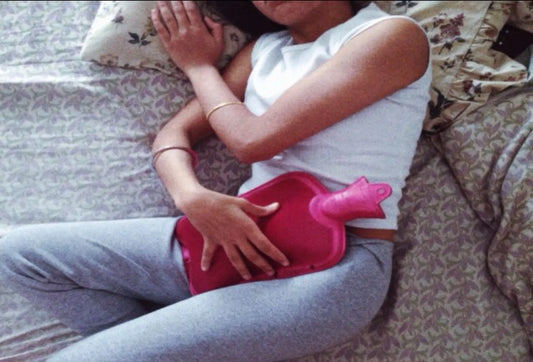
Exercise and Yoga for a Safe and Healthy Pregnancy

Pregnancy can itself become tiring at times and take a toll on your physical and mental health. To keep your body and your baby healthy, physical activity is a huge contributor. Now, you may be anxious about what type of body movements are healthy and what to avoid. Worry not, here is everything you need to know about exercise and yoga during your pregnancy journey.
Is physical activity safe for pregnant women?
Any type of exercise is safe, as long as it doesn’t involve weight lifting or vigorous movements. In fact, it is recommended by doctors for a healthier pregnancy and birth. Drinking plenty of water to avoid overheating of your body especially during your first trimester is recommended. Avoid laying flat on your back during your third trimester.
Also wear well supported clothing such as sports bras and bump support
pants during any physical activity. If you feel cramps, dizziness, calf pain
or your baby pushing down your pelvic floor it is time to stop and call for
your doctor.
Why yoga and exercise are good for you during pregnancy?
If you are still on the fence, here are a few benefits of physical activity to
consider,
Reduces backaches, swelling, constipation and bloating
Lowers your blood pressure
Improves your mood and energy levels
Helps you maintain your weight during and after pregnancy
Helps reduce the risk of having a C section
Cut down risks of premature labour and other complications
What to avoid?
You will probably need to skip on these exercises which comes under
the below categories,
Activities that have jerky and bouncy movements that may cause you to fall
Any activity where getting hit in the belly is possible
Activities that might increase your body temperature, like hot yoga or outdoor exercises.
Avoid activities where you will need to hold your breath for long durations
Avoid twisting your waist
Activities like jumping, hopping, skipping and bouncing
Exercise for every trimester
First trimester: You are more likely to feel fatigued and thus you might require more frequent breaks during your sessions. And if you are experiencing morning sickness avoid kneeling on your knees and bending your head downwards (cat-cow pose). Bending your head downwards can increase nausea. You can slowly start with some pelvic floor exercises and some strength training for 2 to 3 days in a week.
Second Trimester: Now you are bound to experience a period of energy surge. This is a right time to practice strengthening and stretching moves. Squats, inclined push ups, leg stretches and pelvic floor exercises might be a great way to start and in turn will help you prepare your pelvic muscles for labour. You also can try cardio exercises as this is the time you can move your best.
Third Trimester: This is the period of time where your weight grows and your balance and centre of gravity is displaced. Practicing breathing exercises and meditation in this period can help calm your anxiety and lower your blood pressure. This will in turn help you while you are going through labour and delivery. Avoid any highly intensive exercises as you might already be exhausted by your body weight. You can rather focus on mobility and flexibility exercises like prenatal yoga poses.
To conclude
Exercising is beneficial not only for you but also your baby. It is also important to keep in mind that your body is constantly changing during your pregnancy, change in hormone production will make your joints more flexible and there is bound to be changes in your weight and the bone structure of your pelvic floor. Remember to take things slow and if you are having a high-risk pregnancy, you should consult your doctor before starting any type of exercise. If you have already been through childbirth, worry not. Check out the yoga session organised by Putchi here.








